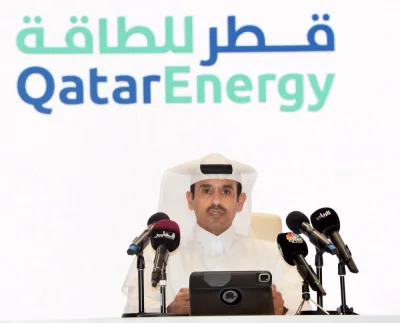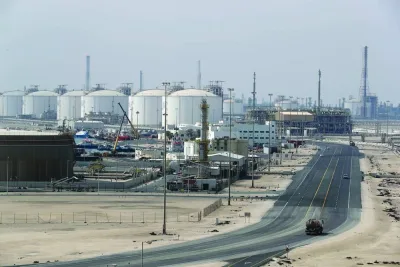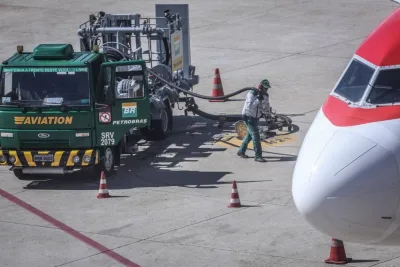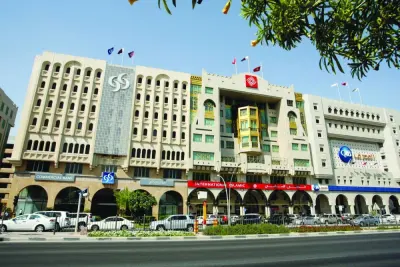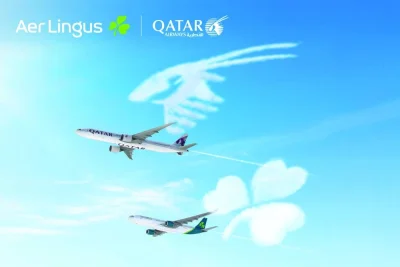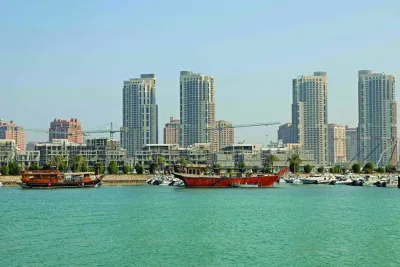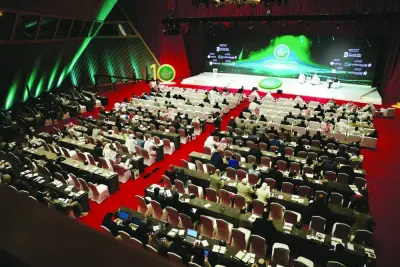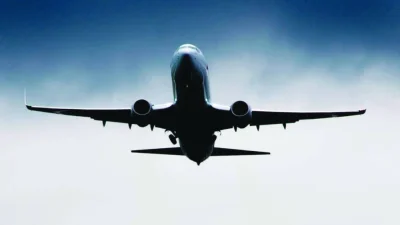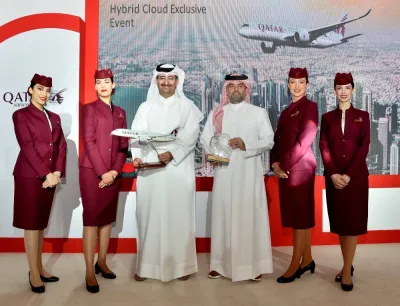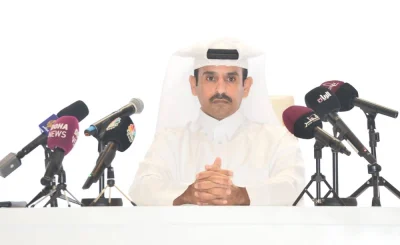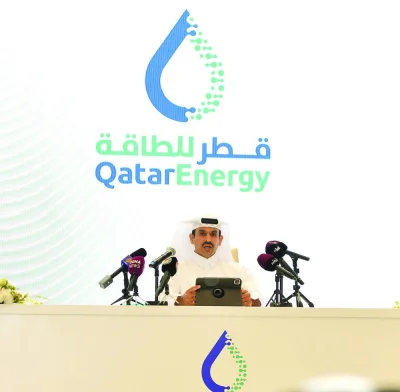QatarEnergy’s “historic” fleet expansion programme now total 104 conventional LNG vessels with Sunday’s long-term time charter party (TCP) agreements with four international shipowners for the operation of some 19 LNG vessels.The agreements were signed with top executives of the four international shipowners by HE the Minister of State for Energy Affairs, Saad Sherida al-Kaabi, also the President and CEO of QatarEnergy at the company’s headquarters.Sunday’s long-term time charter party (TCP) agreements with four international shipowners for the operation of 19 new, ultra-modern conventional size LNG vessels were part of the second ship-owner tender under QatarEnergy’s LNG fleet expansion programme.The agreements cater for the operation of six vessels by CMES LNG Carrier Investment Inc., six vessels by Shandong Marine Energy (Singapore) Pte Ltd., and three vessels by MISC Berhad; all of which are being constructed at Samsung Heavy Industries in South Korea.The remaining four vessels will be operated by a joint venture of Kawasaki Kisen Kaisha Ltd. (K-Line) and Hyundai Glovis Co. Ltd. and are being constructed at Hanwha Ocean (formerly Daewoo Shipbuilding & Marine Engineering) also in South Korea.Al-Kaabi signed four separate sets of agreements with Wang Yongxin, president & CEO of CMES LNG Carrier Investment, Li Maozhong, chairman, Shandong Marine Energy, Satoshi Kanamori, managing executive officer, K Line and Jungsuk Kim, vice president, Hyundai Glovis and Captain Rajalingam Subramaniam, president & CEO, MISC Berhad.Commenting on the occasion, al-Kaabi said: “Today’s signings form a significant milestone in QatarEnergy’s LNG fleet expansion programme, as it marks the conclusion of the conventional sizes vessels portion of programme, bringing the total number of ships for which we have signed TCPs to 104 vessels, a massive undertaking that is the largest shipbuilding and leasing programme ever in the history of the industry.“These ships will support our expanded LNG production capacity from the North Field in Qatar and Golden Pass in the US, while also meeting our long-term fleet replacement requirements. The careful shipowner selection process followed a detailed and rigorous global tender, signifying QatarEnergy’s commitment to expanding its fleet of modern LNG carriers in collaboration with world-class shipowners and in an open and transparent manner.”Al-Kaabi added, “We are very proud to strengthen our collaboration with these esteemed shipowners. And, we have full confidence that the 19 vessels will be operated with the latest and most advanced safety, technical and environmental standards. This is an important undertaking that will enable QatarEnergy to continue delivering cleaner energy to the world safely and reliably.“I would like to thank the shipowners present with us today, and to extend my thanks and gratitude to the team leaders and members from QatarEnergy and QatarEnergy LNG, who were entrusted with the acquisition and leasing of these vessels, for their dedicated work throughout the past few years.“I am also honored to express my most sincere thanks and gratitude to His Highness Sheikh Tamim bin Hamad Al Thani, the Amir of the State of Qatar for his wise leadership and guidance, and the unlimited support of the energy sector of the State of Qatar.”Since 2022, QatarEnergy has signed a series of TCPs for the long-term charter and operation of 104 conventional LNG vessels, as part of its historic LNG fleet expansion programme.This initiative will support QatarEnergy’s expanding LNG production capacity from the North Field LNG expansion and Golden Pass LNG export projects, as well as meeting its long-term fleet replacement requirements.As many as 43 ships out of the 104 will be chartered by QatarEnergy’s affiliate ‘QatarEnergy Trading’, marking it the single largest one-step ship acquisition program of any single entity in the history of the LNG industry, and placing QatarEnergy and consequently QatarEnergy Trading firmly on the road to becoming a leading global LNG trader.The 19 conventional LNG vessels, part of latest agreements, have a capacity of 174,000 cubic meters each and will be equipped with the latest LNG shipping technologies.These embody QatarEnergy’s ongoing endeavour to achieve optimal fuel efficiency and reduce carbon emissions.
Thursday, November 28, 2024
|
Daily Newspaper published by GPPC Doha, Qatar.


